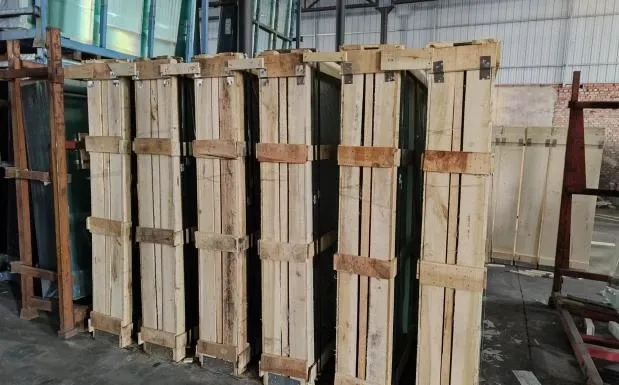Nov . 24, 2024 09:23 Back to list
clear float glass
Clear Float Glass A Versatile Building Material
Clear float glass, often recognized for its exceptional clarity and versatility, has become a fundamental material in modern architecture and design. This type of glass is produced through a float glass process, where molten glass is floated on top of molten tin. This method results in a smooth, uniform surface that is free of distortions, making it an ideal choice for various applications.
One of the primary advantages of clear float glass is its optical clarity. The glass allows for maximum light transmission, creating bright and inviting spaces. This makes it a popular choice for windows, doors, and facades in residential and commercial buildings. Not only does clear float glass enhance visibility, but it also helps to connect indoor environments with the outdoors, fostering a sense of openness and tranquility.
In addition to its aesthetic appeal, clear float glass offers significant functional benefits. Its durability and resistance to environmental factors make it suitable for various climates. Manufacturers can also treat clear float glass with coatings to improve its energy efficiency. Low-emissivity (low-E) coatings, for instance, reduce UV radiation while retaining natural light, helping to regulate indoor temperatures and reduce energy costs.
clear float glass

The versatility of clear float glass extends to its applications in furniture design and interior decoration
. It is commonly used in tabletops, shelves, and decorative partitions, where its sleek and modern appearance can enhance any interior design concept. Furthermore, its ability to be chemically strengthened allows for thinner designs without compromising strength, making it a favorite among minimalist design enthusiasts.Clear float glass is also an essential component in the construction of facades and curtain walls. Architects appreciate its ability to reflect natural light while providing a sense of transparency. This is especially important in urban environments, where buildings are often in close proximity. The use of clear float glass can help reduce the perception of bulkiness in large structures, contributing to a more harmonious urban landscape.
Moreover, clear float glass is a sustainable choice for environmentally conscious designers. It is fully recyclable, and many manufacturers are committed to eco-friendly production processes. This makes it an ideal option for green building projects and aligns with the growing trend towards sustainability in construction.
In conclusion, clear float glass stands out as a crucial material in the realms of architecture and design. Its unmatched optical clarity, durability, and versatility allow for innovative designs that not only enhance aesthetics but also improve functionality. Whether used in large commercial buildings or intimate residential spaces, clear float glass plays a pivotal role in shaping the built environment, contributing to a brighter, more modern world. As building practices continue to evolve, the role of clear float glass is likely to grow, adapting to new technologies and sustainable practices that will define the architecture of the future.
-
Safety and Style with Premium Laminated Glass Solutions
NewsJun.24,2025
-
Reinvents Security with Premium Wired Glass
NewsJun.24,2025
-
Premium Float Glass Line for Modern Architecture
NewsJun.24,2025
-
Low Emissivity Glass for Energy-Efficient Architecture
NewsJun.24,2025
-
High-Performance Insulated Glass Solutions for Modern Architecture
NewsJun.24,2025
-
Elevates Interior Style with Premium Silver Mirror
NewsJun.24,2025
Related PRODUCTS














